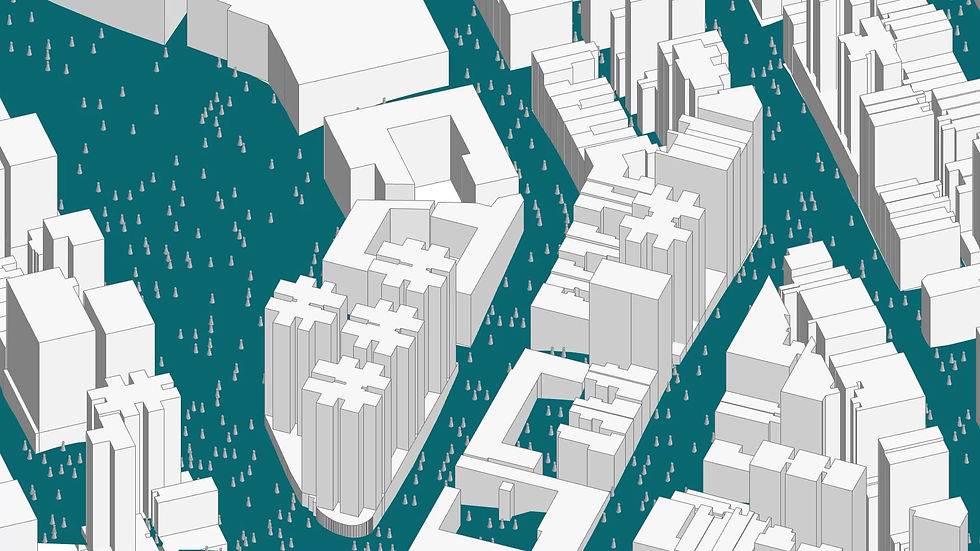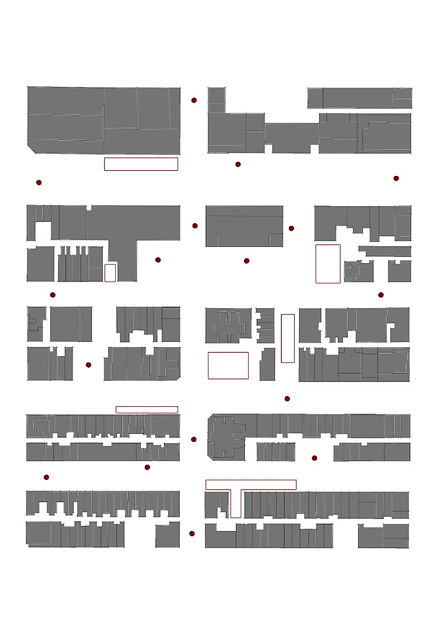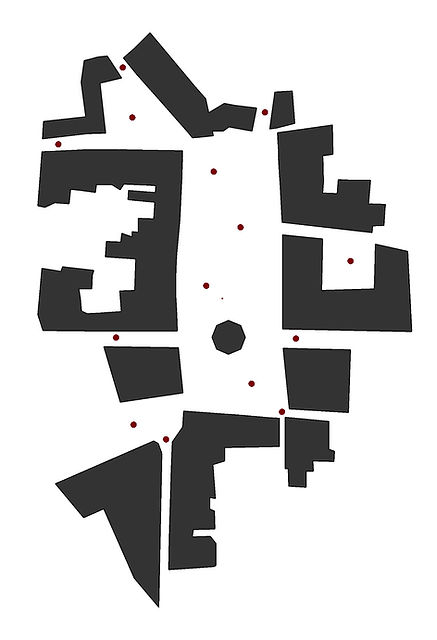top of page

A Social Pedestrian Simulation Engine for Grasshopper 3D
Beyond Data: Designing for People, Driven by People
VISION
Changing the way we approach design
H.I.V.E. revolutionizes traditional pedestrian simulations by implementing social behaviors to drive algorithm functionality.
Our tool humanizes the design process, enabling the creation of spaces that not only function well but also foster community engagement and enhance user experience. Discover how our simulations can transform your design approach and create vibrant, connected urban spaces.

TYPE OF PEDESTRIAN SIMULATIONS
H.I.V.E. Offers Three Methodologies for Conducting a Socially-Driven Pedestrian Simulation
NETWORK
SIMULATION
The network-based simulation method models large-scale scenarios by abstracting relationships between buildings and spaces as a network of nodes and edges. Nodes represent key locations, such as buildings or intersections, while edges define pathways connecting them. This approach analyzes spatial relationships, movement flows, and accessibility patterns, offering insights into the connectivity and efficiency of urban or architectural systems at scale.


CELLULAR AUTOMATA
The cellular automata method simulates medium-scale scenarios by assigning spatial characteristics to agents and programs in a two-dimensional space. Agents follow simple, rule-based behaviors, producing emergent movement and interaction patterns. This approach incorporates factors like proximity, obstacles, and environmental influences, enabling the modeling of complex dynamics and providing insights into how agents navigate and interact within designed environments.
PHYSICS
SIMULATION
The physics-based simulation method models small-scale scenarios by enabling agents to interact dynamically through vector forces in a bounded three-dimensional space. These forces, such as attraction, repulsion, and alignment, mimic real-world behaviors like collision avoidance and goal-directed movement. This approach captures detailed interactions and movement patterns, making it ideal for simulating dense pedestrian flows and confined spaces with high precision.

bottom of page